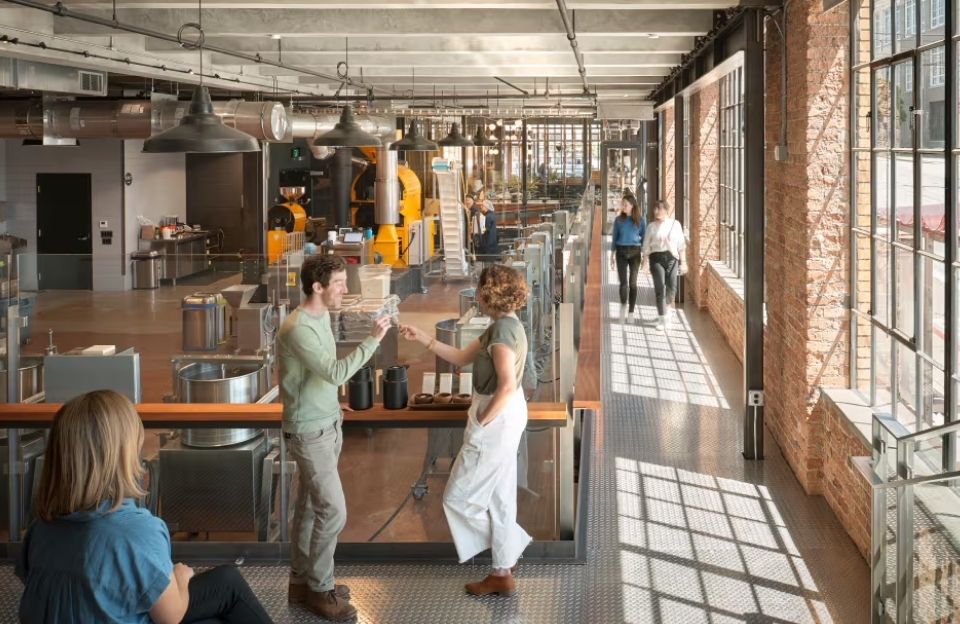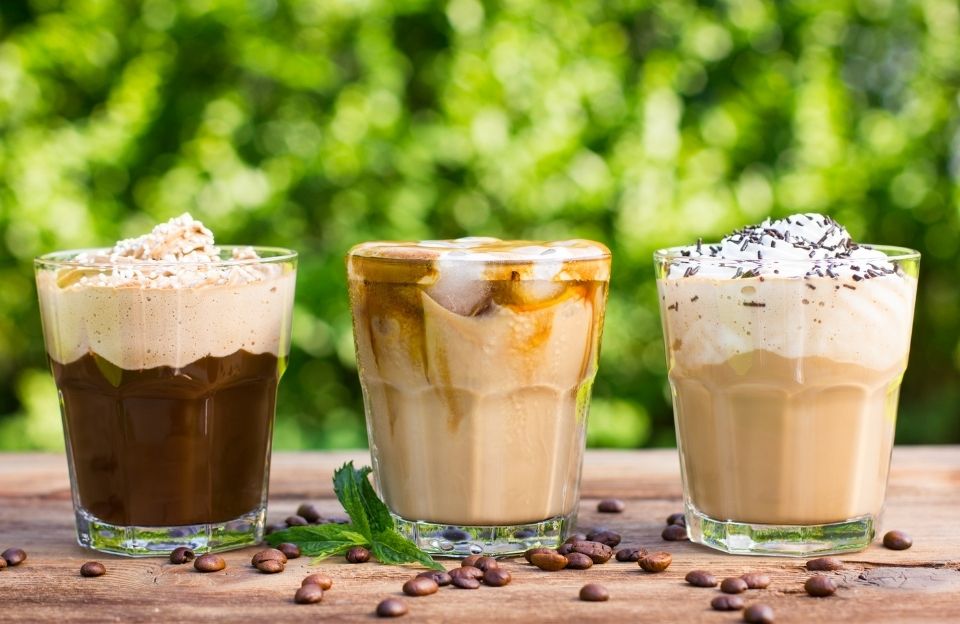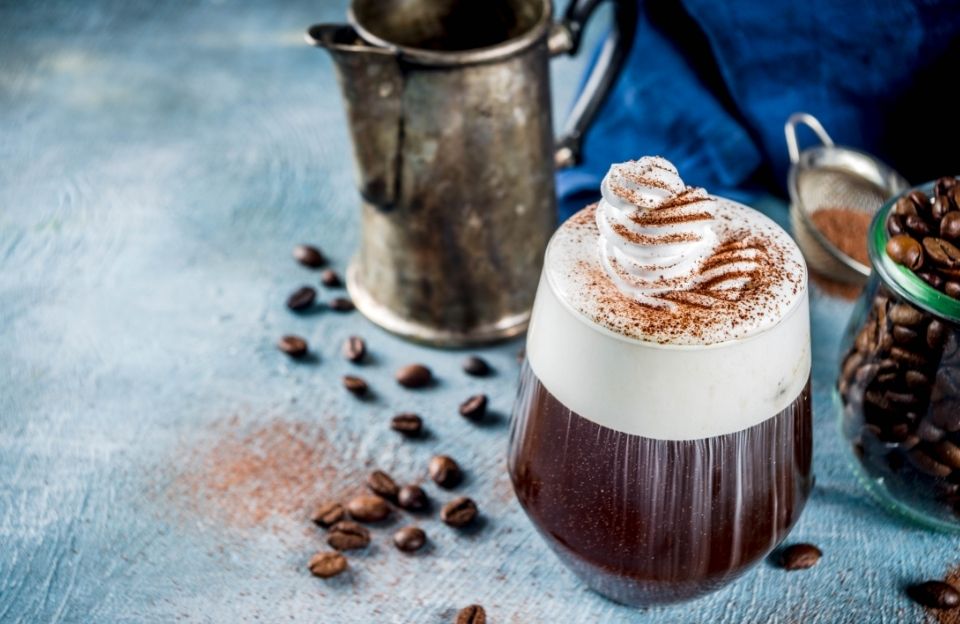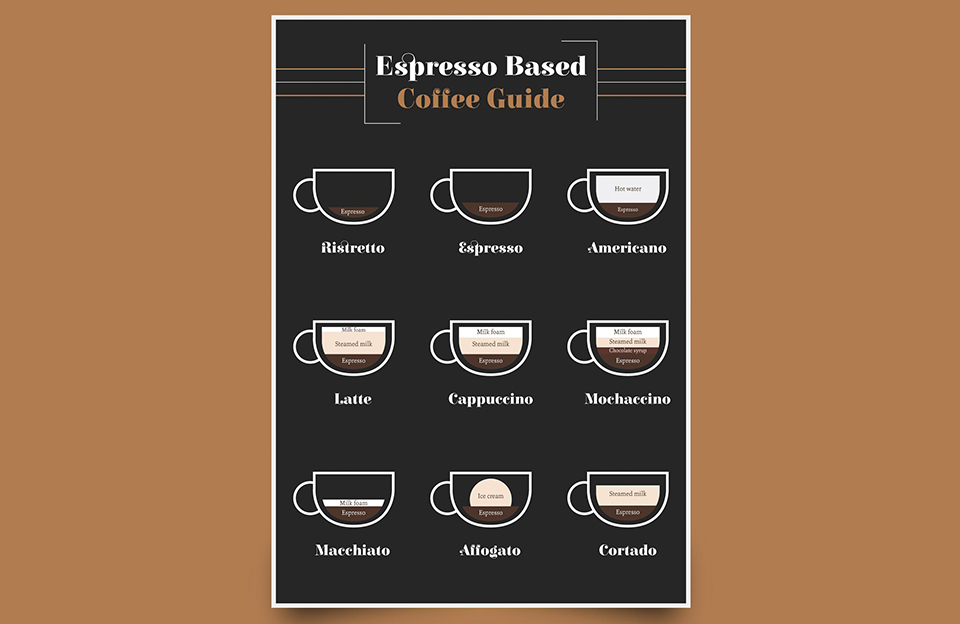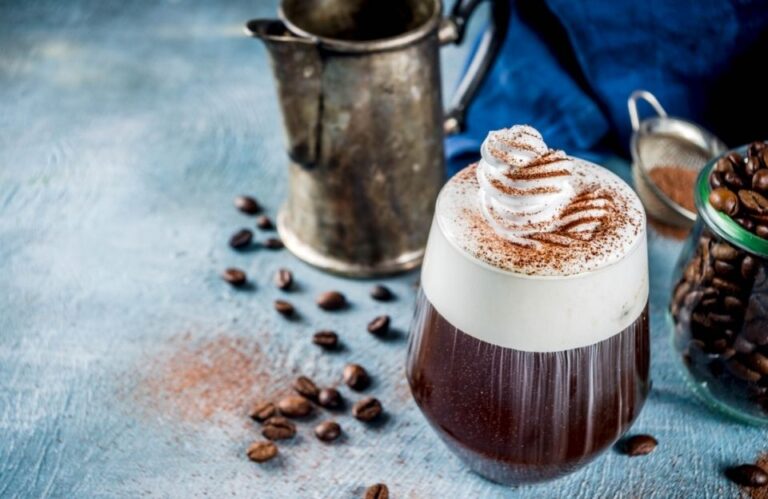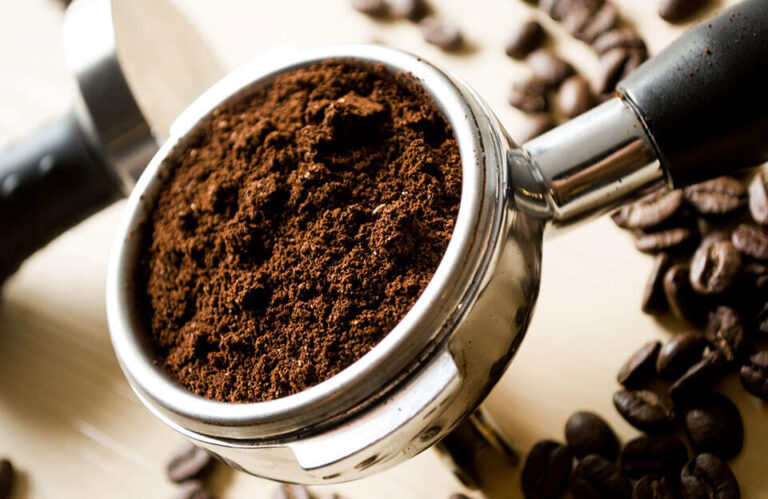Unlock the secrets to brewing the perfect espresso in the comfort of your own home with our comprehensive guide. From selecting the finest beans to mastering the art of the espresso machine, embark on a flavorful journey to create your ideal cup of espresso.
Table of Contents
1. Introduction
Welcome to the ultimate guide to brewing perfect espresso at home! If you’re a coffee enthusiast or a budding barista, this comprehensive guide will take you on a journey to unlock the secrets of making delicious espresso right in your own kitchen. Whether you’re a seasoned coffee lover or just starting to explore the world of espresso, this guide will provide you with the knowledge and techniques to create your ideal cup of homemade espresso.
2. Understanding Espresso
What is Espresso?
Espresso is a concentrated form of coffee that is brewed by forcing pressurized hot water through finely ground coffee beans. It is known for its rich flavor, intense aroma, and velvety crema. Unlike regular drip coffee, which relies on gravity to extract the flavors, espresso is brewed using an espresso machine that generates high pressure to extract the oils and solubles from the coffee grounds.
The History of Espresso
The history of espresso dates back to the late 19th century in Italy. It was invented as a way to brew coffee quickly and efficiently, catering to the fast-paced lifestyle of Italians. Over time, espresso gained popularity worldwide and became a staple in coffee culture. Today, espresso is enjoyed in various forms, from traditional shots to milk-based beverages like cappuccinos and lattes.
Espresso vs Coffee
While both espresso and regular coffee are made from coffee beans, they differ in terms of brewing method, flavor profile, and strength. Espresso is brewed using high pressure and a fine grind, resulting in a concentrated shot of coffee with a bold and intense flavor. On the other hand, regular coffee is brewed using a drip or pour-over method, resulting in a milder and less concentrated flavor.
3. Choosing the Right Beans
Arabica vs Robusta
When it comes to selecting beans for your espresso, you have a choice between Arabica and Robusta. Arabica beans are known for their superior quality, delicate flavors, and lower caffeine content. They are often preferred by coffee enthusiasts for their complex aromas and smooth taste. Robusta beans, on the other hand, have a stronger and more bitter flavor profile with higher caffeine content. They are commonly used in espresso blends to add body and crema.
Freshly Roasted Beans
To achieve the best flavor in your espresso, it’s essential to use freshly roasted beans. Coffee beans are at their peak flavor within a few weeks of being roasted. Look for beans that have a roast date on the packaging and aim to use them within two weeks of the roast date. Avoid pre-ground coffee as it quickly loses its freshness and flavor. Invest in a good burr grinder to grind your beans just before brewing for maximum freshness and flavor.
Finding the Perfect Blend
The perfect espresso blend is a matter of personal preference. Some prefer a single-origin bean for its distinct flavors, while others enjoy the complexity of a blend. Experiment with different blends and origins to find the flavor profile that suits your taste buds. Consider factors such as acidity, sweetness, body, and aroma when selecting your beans. Don’t be afraid to try different brands and roasters until you find your perfect blend.
4. The Importance of Grind Size
Burr Grinder vs Blade Grinder
When it comes to grinding coffee for espresso, using a burr grinder is crucial. Burr grinders provide a consistent grind size, which is essential for extracting the flavors evenly during the brewing process. Blade grinders, on the other hand, can result in an uneven grind and may lead to over-extraction or under-extraction. Invest in a good quality burr grinder to ensure you have control over the grind size for your espresso.
The Correct Grind Size for Espresso
For espresso brewing, a fine grind size is necessary to achieve optimal extraction. The coffee grounds should have a consistency similar to granulated sugar. Finely ground coffee allows for a slower extraction, resulting in a more balanced and flavorful shot of espresso. Experiment with different grind sizes to find the sweet spot that produces the best results with your espresso machine.
Consistency is Key
Consistency in grind size is essential for achieving consistent results with your espresso. Irregular or uneven grind particles can lead to an uneven extraction, resulting in a shot that is either too bitter or too weak. Invest in a burr grinder with adjustable settings that allow you to fine-tune the grind size for your espresso machine. Consistently measure and adjust the grind size to ensure you’re getting the best possible extraction each time you brew.
5. Mastering the Espresso Machine
Types of Espresso Machines
There are various types of espresso machines available on the market, ranging from manual lever machines to fully automatic machines. Manual lever machines require manual pressure application to extract the espresso, while semi-automatic and fully automatic machines use pumps to generate the necessary pressure. Choose a machine that suits your skill level and budget, keeping in mind that more advanced machines offer greater control and consistency.
If you’re interested in purchasing an espresso machine, you can easily research and find different models on Amazon. Below, we’ve listed some popular models for your convenience:
- Breville Barista Express Espresso Machine – A semi-automatic machine known for its versatility and built-in grinder, allowing you to customize your coffee to perfection.
- Nespresso Vertuo Plus Coffee and Espresso Maker – Ideal for those seeking convenience, this machine uses Nespresso’s coffee and espresso pods for quick and consistent brews.
- Gaggia Classic Pro Espresso Machine – A favorite among home baristas, this semi-automatic machine offers excellent temperature stability and a classic design.
- De’Longhi Magnifica Super-Automatic Espresso/Coffee Machine – Perfect for those who want a fully automatic experience, it grinds coffee beans and froths milk at the touch of a button.
- La Pavoni Europiccola Lever Espresso Machine – If you appreciate the art of manual espresso-making, this classic lever machine provides complete control over the brewing process.
Preheating and Priming
Preheating your espresso machine is essential to ensure a stable brewing temperature. Most machines require a warm-up period before they reach the optimal temperature for espresso extraction. Follow the manufacturer’s instructions for preheating your specific machine. Additionally, priming the machine by running a blank shot of hot water through the group head before brewing can help flush out any residual flavors or impurities.
Water Temperature and Pressure
Water temperature and pressure are critical factors in extracting the flavors from the coffee grounds during brewing. The optimal water temperature for espresso extraction is typically between 195°F to 205°F (90°C to 96°C). This temperature range allows for proper extraction without scorching the coffee or under-extracting the flavors. Additionally, the ideal brewing pressure for espresso is around 9 bars, although some machines may operate at slightly lower or higher pressures.
6. The Art of Tamping
The Purpose of Tamping
Tamping is the process of compressing the coffee grounds in the portafilter before brewing. The purpose of tamping is to create an even and consistent bed of coffee grounds, which allows for uniform water flow during extraction. Tamping also helps to ensure proper saturation and extraction of flavors from the coffee. A well-executed tamp can result in a more balanced and flavorful shot of espresso.
Techniques for Effective Tamping
To achieve a proper tamp, start by distributing the coffee grounds evenly in the portafilter. Use a finger or a distribution tool to level the coffee bed, removing any air pockets or clumps. Place the tamper on top of the coffee and apply downward pressure with a gentle twisting motion. The tamper should be parallel to the counter and at a slight angle to create a flat and even surface. Apply enough pressure to compress the coffee grounds without exerting excessive force.
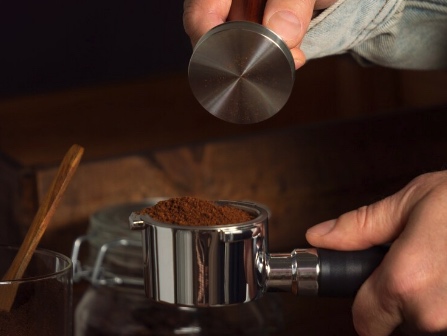
The Role of Tamping on Extraction
Tamping plays a crucial role in controlling the flow rate and extraction of flavors during brewing. A properly tamped espresso bed allows water to flow evenly through the coffee, ensuring consistent extraction. If the coffee is under-tamped, water may flow too quickly, resulting in a weak and sour shot. Conversely, over-tamping can restrict the flow and lead to a bitter and over-extracted shot. Practice tamping technique to achieve a balanced and well-extracted espresso shot.
7. Extracting the Perfect Shot
Dose and Yield
The dose refers to the amount of coffee used in each shot of espresso, while the yield refers to the final volume of liquid extracted. The standard dose for a double shot of espresso is around 18-20 grams of coffee, yielding a volume of 36-40 milliliters. However, these numbers can vary depending on personal preference and the specific espresso machine being used. Experiment with different doses and yields to find the perfect balance of strength and flavor.
Brew Time and Extraction
The brew time for a shot of espresso typically ranges from 25 to 30 seconds. This timeframe allows for optimal extraction of flavors without over-extracting or under-extracting the coffee. If the shot pulls too quickly, it may taste weak and sour. Conversely, if the shot pulls too slowly, it may taste bitter and over-extracted. Adjust the grind size, dose, and extraction time to achieve the desired flavor profile for your espresso.
Achieving the Ideal Crema
Crema is the golden-brown foam that forms on top of a properly extracted shot of espresso. It is an indicator of freshness and quality in espresso. To achieve a thick and creamy crema, it’s essential to use freshly roasted and properly ground coffee. Additionally, factors such as water temperature, pressure, and tamping technique can also affect the crema. A well-extracted shot of espresso should have a rich and velvety crema layer.
8. Milk Frothing and Latte Art
Steaming Milk
Milk frothing is an essential skill for creating popular espresso-based beverages such as cappuccinos and lattes. To steam milk, start with cold, fresh milk in a stainless steel milk pitcher. Submerge the steam wand just below the surface of the milk and turn on the steam. Position the pitcher at an angle and aim for a gentle whirlpool motion to incorporate air into the milk. Continue steaming until the milk reaches the desired temperature.
Creating Microfoam
Microfoam refers to the silky and velvety texture of properly steamed milk. To achieve microfoam, it’s essential to create small, uniform bubbles in the milk. Position the steam wand just below the surface of the milk and introduce air into the milk by swirling the pitcher. As the milk heats up, continue to incorporate air while maintaining a whirlpool motion. The end result should be a smooth and creamy texture with no large bubbles.
Coffee Tutorials | Master microfoam milk texturing at home like a pro
Pouring Latte Art
Latte art is the creative and artistic expression of pouring steamed milk into espresso, resulting in intricate designs on the surface of the drink. To pour latte art, start by pouring a small amount of steamed milk into the center of the espresso shot. Then, gradually move the pitcher back and forth while pouring from a higher position to create patterns and designs. With practice, you can create beautiful designs such as hearts, rosettas, and tulips.
9. Maintenance and Cleaning
Daily Maintenance
Proper maintenance and cleaning of your espresso machine are essential for ensuring its longevity and optimal performance. After each use, wipe down the steam wand and group head with a damp cloth to remove any milk residue or coffee grounds. Empty and rinse the drip tray and water reservoir regularly to prevent buildup. Additionally, backflushing the machine with a cleaning agent can help remove any oils or debris from the internal parts.
Deep Cleaning
Regular deep cleaning of your espresso machine is necessary to remove any buildup of coffee oils and mineral deposits. Follow the manufacturer’s instructions for descaling and cleaning your specific machine. This typically involves running a descaling solution through the machine to remove mineral deposits and then flushing it with clean water. Additionally, cleaning the portafilter, shower screen, and gaskets should be part of your regular maintenance routine.
Descaling and Water Filtration
Descaling is the process of removing mineral deposits that can accumulate in your espresso machine over time. It’s important to descale your machine regularly to maintain optimal performance and prevent clogs. Use a descaling solution specifically designed for espresso machines and follow the instructions provided. Additionally, consider using a water filtration system to reduce mineral content and improve the quality of the water used for brewing.
10. Troubleshooting Common Issues
Sour or Bitter Espresso
If your espresso tastes sour, it may be under-extracted. Adjust the grind size to make it finer and increase the brew time to extract more flavors. On the other hand, if your espresso tastes bitter, it may be over-extracted. Adjust the grind size to make it coarser and decrease the brew time to avoid over-extraction. Remember to make small adjustments and taste the results to find the perfect balance.
Channeling and Uneven Extraction
Channeling refers to the uneven flow of water through the coffee grounds during extraction. This can result in an inconsistent and poorly extracted shot of espresso. To prevent channeling, ensure that the coffee bed is evenly distributed and tamped. Additionally, check for any signs of wear or damage in the portafilter and group head that may cause water to flow unevenly. If channeling persists, consider consulting a professional or upgrading your equipment.
Machine Malfunctions
If you encounter any machine malfunctions or issues, refer to the manufacturer’s instructions or contact customer support for assistance. Common issues may include leaks, inconsistent pressure, or temperature fluctuations. Regular maintenance and cleaning can help prevent many machine malfunctions. However, in some cases, professional servicing or repairs may be necessary to resolve more complex issues.
11. Extra Tips and Tricks
Experimenting with Ratios
As you become more comfortable with brewing espresso, don’t be afraid to experiment with different ratios of coffee to water. Adjusting the dose and yield can significantly impact the flavor and strength of your espresso. Keep a brew journal to record your experiments and notes on flavor profiles. This will help you refine your brewing technique and find the perfect balance of flavors for your espresso.
Keeping a Brew Journal
A brew journal is a valuable tool for tracking your espresso brewing journey. Record details such as the beans used, grind size, dose, yield, and extraction time for each shot. Note any adjustments made and the resulting flavor profile. This will allow you to track your progress, replicate successful shots, and identify areas for improvement. A brew journal can be a helpful resource for honing your skills as a home barista.
Upgrading Your Equipment
As your passion for espresso brewing grows, you may find yourself wanting to upgrade your equipment. Consider investing in a high-quality espresso machine, grinder, or accessories that can enhance your brewing experience. Advanced features such as temperature stability, pressure profiling, and programmable settings can offer greater control and consistency in your espresso brewing. Research different options and read reviews to find the best equipment for your needs and budget.
12. Conclusion
Congratulations on completing the ultimate guide to brewing perfect espresso at home! Armed with the knowledge and techniques shared in this guide, you are well on your way to becoming a master of homemade espresso. Remember to start with high-quality beans, master your grind size and tamping technique, and fine-tune your brewing parameters to achieve the perfect shot of espresso. With practice and experimentation, you’ll be able to create delicious espresso-based beverages that rival your favorite coffee shops. Enjoy the journey and savor every sip of your homemade espresso creations.
If you enjoyed this content and want to explore more about the world of chocolate and coffee, click here to continue discovering the two greatest delights: coffee and chocolate.
Image Source: Freepik



